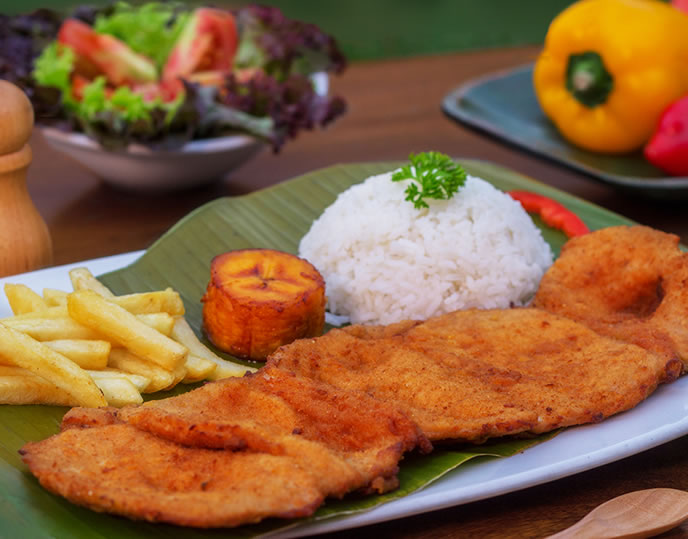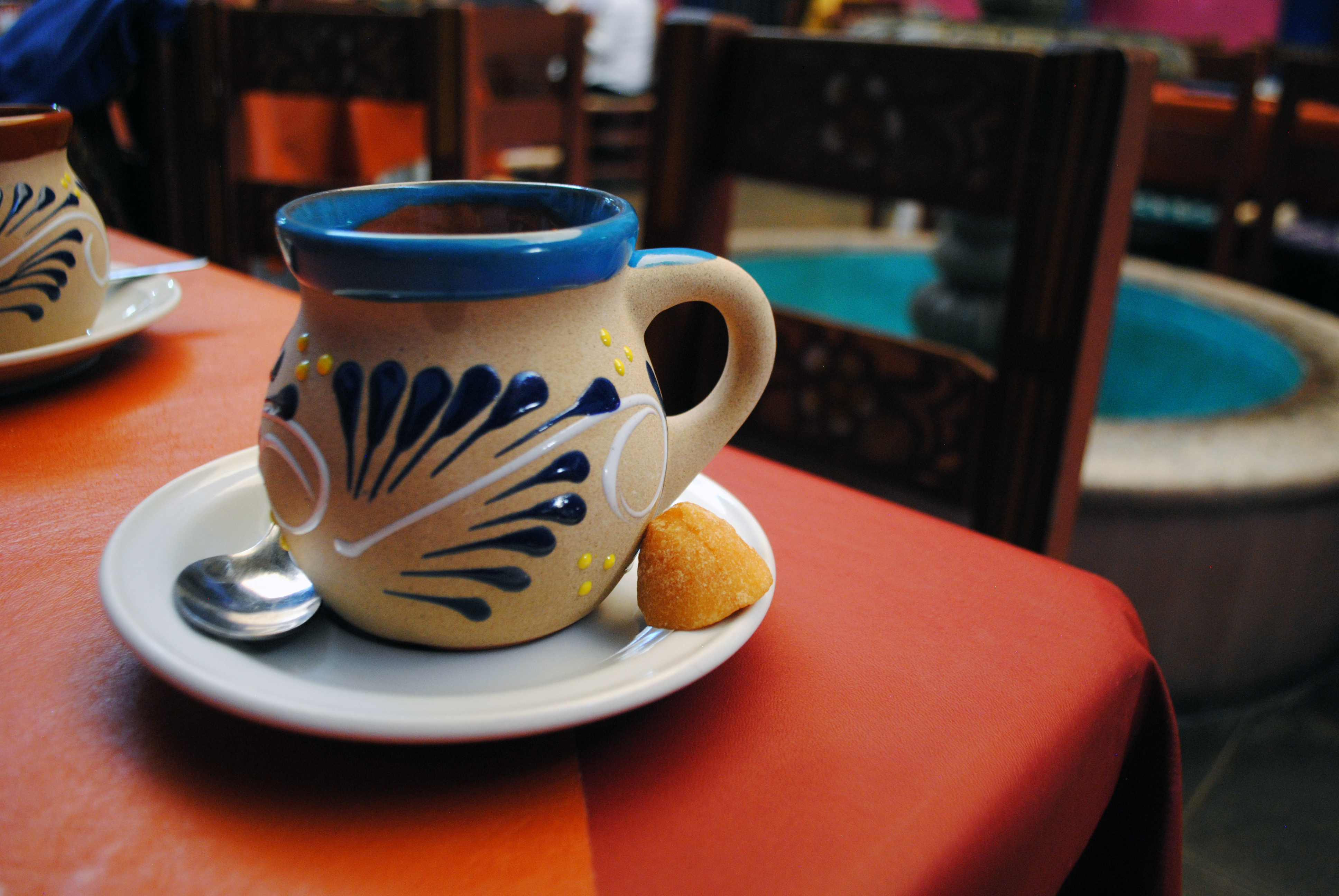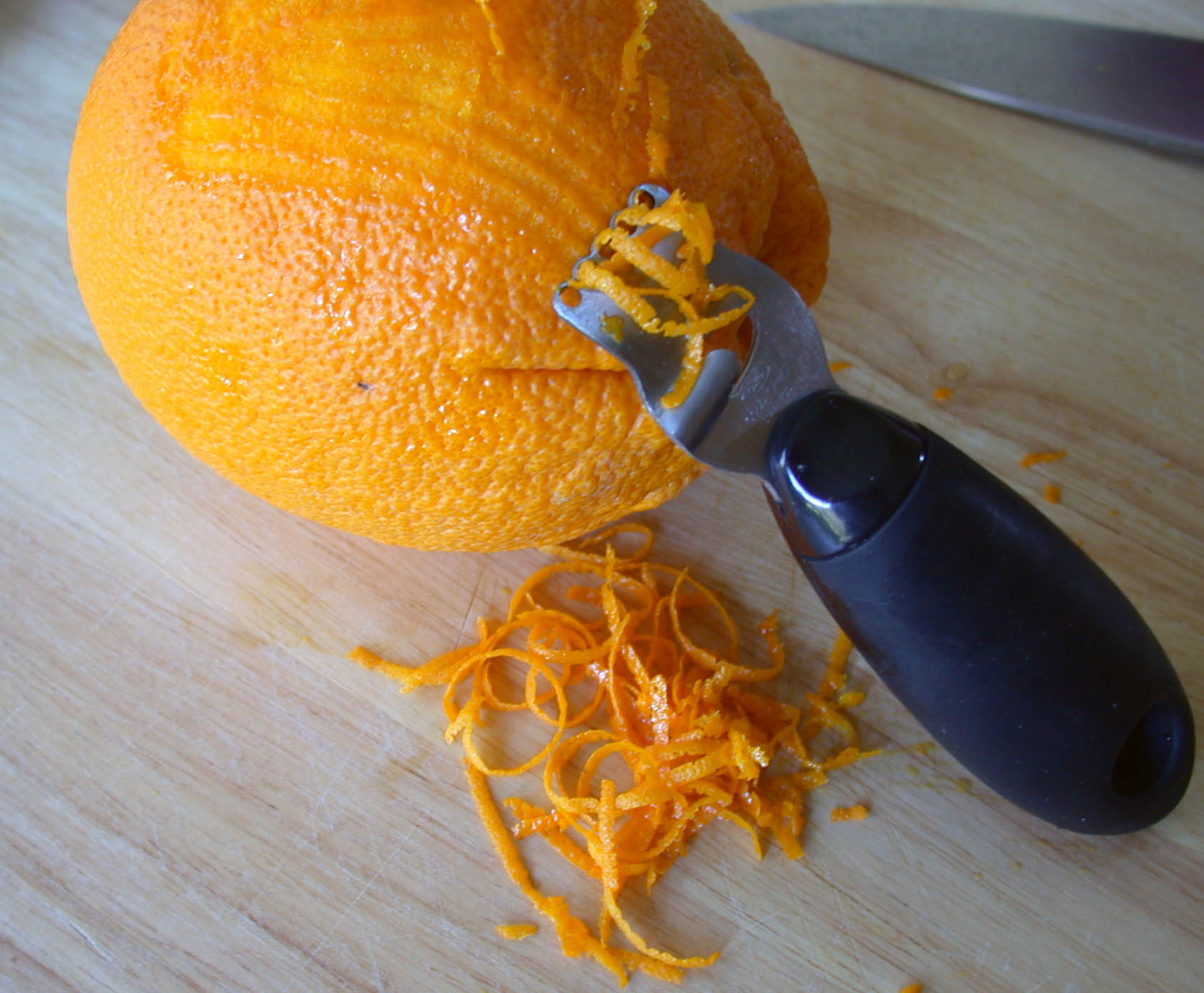|
Chancacas
Chancacas are a traditional Colombian coconut candy from Buenaventura, Colombia, a seaport city on the Pacific Ocean. They are made with panela and coconut. Fresh coconut is preferable to dried shredded coconut, but either can be used. The chancacas have a chewy consistency and are flavored with zest of lime and cinnamon. by Erica Dinho on September 28, 2012 My Colombian recipes See also *Cocadas
Cocada are a traditional coconut confectionery found in many parts of Latin America. They are particularly popular in Argentina, Bolivia, Brazil, Colombia, Chile, Dominican Republic, Mexico, Panama, Venezuel ...
[...More Info...] [...Related Items...] OR: [Wikipedia] [Google] [Baidu] |
Colombian Cuisine
Colombian cuisine is a compound of the culinary traditions of the six main regions within Colombia (Pacific, Amazonian, Andean, Orinoco, Caribbean, and Insular). Colombian cuisine varies regionally and is particularly influenced by Indigenous Colombian, Spanish, and African cuisines, with slight Arab influence in some regions. Furthermore, being one of the most biodiverse countries in the world, Colombia has one of the widest variety of available ingredients depending on the region. History of Colombian food Colombian food is a unique blend of indigenous and European traditions with a strong Afro-Caribbean influence. The two largest indigenous groups prior to European conquest were the Tairona, who lived along the Caribbean coast, and the Muisca, who lived in the highlands to the South. Arepas, made from ground corn, are one of the oldest cooked dishes in Colombian cuisine. It is believed that the name derives from the word for corn in the Chibcha languages. Arepas are a popul ... [...More Info...] [...Related Items...] OR: [Wikipedia] [Google] [Baidu] |
Coconut
The coconut tree (''Cocos nucifera'') is a member of the palm tree family ( Arecaceae) and the only living species of the genus ''Cocos''. The term "coconut" (or the archaic "cocoanut") can refer to the whole coconut palm, the seed, or the fruit, which botanically is a drupe, not a nut. The name comes from the old Portuguese word '' coco'', meaning "head" or "skull", after the three indentations on the coconut shell that resemble facial features. They are ubiquitous in coastal tropical regions and are a cultural icon of the tropics. The coconut tree provides food, fuel, cosmetics, folk medicine and building materials, among many other uses. The inner flesh of the mature seed, as well as the coconut milk extracted from it, form a regular part of the diets of many people in the tropics and subtropics. Coconuts are distinct from other fruits because their endosperm contains a large quantity of clear liquid, called ''coconut water'' or ''coconut juice''. Mature, ripe coconut ... [...More Info...] [...Related Items...] OR: [Wikipedia] [Google] [Baidu] |
Candy
Candy, also called sweets (British English) or lollies (Australian English Australian English (AusE, AusEng, AuE, AuEng, en-AU) is the set of varieties of the English language native to Australia. It is the country's common language and ''de facto'' national language; while Australia has no official language, Engli ..., New Zealand English), is a Confectionery, confection that features sugar as a principal ingredient. The category, called ''sugar confectionery'', encompasses any sweet confection, including chocolate, chewing gum, and sugar candy. Vegetable, Vegetables, fruit, or Nut (fruit), nuts which have been glaze (cooking technique), glazed and coated with sugar are said to be ''Candied fruit, candied''. Physically, candy is characterized by the use of a significant amount of sugar or sugar substitutes. Unlike a cake or loaf of bread that would be shared among many people, candies are usually made in smaller pieces. However, the definition of candy also depends ... [...More Info...] [...Related Items...] OR: [Wikipedia] [Google] [Baidu] |
Buenaventura, Colombia
Buenaventura is a coastal seaport city in the department of Valle del Cauca, Colombia (South America). Buenaventura (Spanish for "good fortune") is the main port of Colombia in the Pacific Ocean. Buenaventura is a city with a population of 333,194 as of the 2005 census. Most city development lies on Cascajal Island. Most of the city's land is rural with scattered small villages. It is served by the Gerardo Tobar López Airport. The city is part of the UNESCO Creative Cities Network after it was named "City of Gastronomy" in 2017. History The city was founded on July 14, 1540, by Juan de Ladrilleros through orders from Pascual de Andagoya. At that time it was inhabited by the Buscajas. The city was destroyed by Native Americans before 1600; it was later rebuilt. Buenaventura thrived after the opening of the Panama Canal in 1914; and in the 1950s became a regular stopover for the 'international jet set'. Today, the city is crucial for sending raw materials to nearby areas; this ... [...More Info...] [...Related Items...] OR: [Wikipedia] [Google] [Baidu] |
Panela
Panela () or rapadura (Portuguese pronunciation: ) is an unrefined whole cane sugar, typical of Central and Latin America. It is a solid form of sucrose derived from the boiling and evaporation of sugarcane juice. Panela is known by other names in Latin America, such as ''chancaca'' in Chile, Bolivia, and Peru, ''piloncillo'' in Mexico (where ''panela'' refers to a type of cheese, ''queso panela''). The name ''piloncillo'' means "little loaf", because of the traditional shape in which this smoky, caramelly, and earthy sugar is produced. Just like brown sugar, two varieties of ''piloncillo'' are available; one is lighter (''blanco'') and one darker (''oscuro''). Unrefined, it is commonly used in Mexico, where it has been around for at least 500 years. Made from crushed sugar cane, the juice is collected, boiled, and poured into molds, where it hardens into blocks. Elsewhere in the world, the word ''jaggery'' describes a similar foodstuff. Both are considered non-centrifugal can ... [...More Info...] [...Related Items...] OR: [Wikipedia] [Google] [Baidu] |
Zest (ingredient)
Zest is a food ingredient that is prepared by scraping or cutting from the rind of unwaxed citrus fruits such as lemon, orange, citron, and lime. Zest is used to add flavor to foods. In terms of fruit anatomy, the zest is obtained from the flavedo (exocarp) which is also referred to as zest. The flavedo and white pith (albedo) of a citrus fruit together makes up its peel. The amounts of both flavedo and pith are variable among citrus fruits, and may be adjusted by the manner in which they are prepared. Citrus peel may be used fresh, dried, candied, or pickled in salt. Preparation For culinary use, a zester, grater, vegetable peeler, paring knife, or even a surform tool is used to scrape or cut zest from the fruit. Alternatively, the peel is sliced, then excess pith (if any) cut away. The white portion of the peel under the zest (pith, albedo or mesocarp) may be unpleasantly bitter and is generally avoided by limiting the peeling depth. Some citrus fruits have so littl ... [...More Info...] [...Related Items...] OR: [Wikipedia] [Google] [Baidu] |
Lime (fruit)
A lime (from French language, French ''lime'', from Arabic ''līma'', from Persian language, Persian ''līmū'', "lemon") is a citrus fruit, which is typically round, lime (color), green in color, in diameter, and contains acidic juice vesicles. There are several species of citrus trees whose fruits are called limes, including the Key lime (''Citrus aurantiifolia''), Persian lime, kaffir lime, Makrut lime, and Citrus glauca, desert lime. Limes are a rich source of vitamin C, are sour, and are often used to accent the flavours of foods and beverages. They are grown year-round. Plants with fruit called "limes" have diverse genetic origins; limes do not form a monophyletic group. Plants known as "lime" The difficulty in identifying exactly which species of fruit are called lime in different parts of the English-speaking world (and the same problem applies to synonyms in other European languages) is increased by the botanical complexity of the citrus genus itself, to which the m ... [...More Info...] [...Related Items...] OR: [Wikipedia] [Google] [Baidu] |
Cinnamon
Cinnamon is a spice obtained from the inner bark of several tree species from the genus ''Cinnamomum''. Cinnamon is used mainly as an aromatic condiment and flavouring additive in a wide variety of cuisines, sweet and savoury dishes, breakfast cereals, snack foods, bagels, teas, and traditional foods. The aroma and flavour of cinnamon derive from its essential oil and principal component, cinnamaldehyde, as well as numerous other constituents including eugenol. Cinnamon is the name for several species of trees and the commercial spice products that some of them produce. All are members of the genus ''Cinnamomum'' in the family Lauraceae. Only a few ''Cinnamomum'' species are grown commercially for spice. ''Cinnamomum verum'' (AKA ''C. zeylanicum''), known as "Ceylon cinnamon" after its origins in Sri Lanka (formerly Ceylon), is considered to be "true cinnamon", but most cinnamon in international commerce is derived from four other species, usually and more correctly refe ... [...More Info...] [...Related Items...] OR: [Wikipedia] [Google] [Baidu] |
Cocadas
Cocada are a traditional coconut confectionery found in many parts of Latin America. They are particularly popular in Argentina, Bolivia, Brazil, Colombia, Chile, Dominican Republic, Mexico, Panama, Venezuela and Ecuador. They are oven baked but are served at room temperature to provide their chewy and soft texture. Made with Egg (food), eggs and shredded coconut, cocadas come in a variety of colors due to the modern use of food coloring,Mounts, Debora"Cocada Dessert Recipe"''BellaOnline'', accessed 5 March 2010 however the traditional variations are golden brown. They are often garnished with almonds, either whole or chopped. There are hundreds of cocadas recipes, from the typical hard, very sweet balls to cocadas that are almost the creamy texture of Crème caramel, flan. Other fruit, often dried, can be added to the cocadas to create variety, which will also lend to a wide spectrum of cocada colors. Cocadas are mentioned as early as 1878 in Peru. By country Mexico, Colombia ... [...More Info...] [...Related Items...] OR: [Wikipedia] [Google] [Baidu] |


.jpg)



